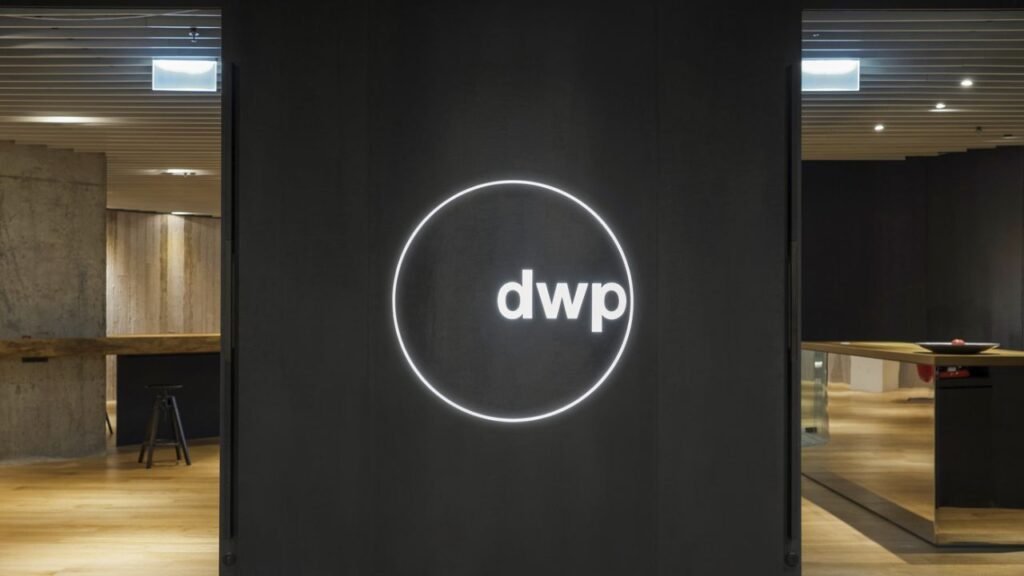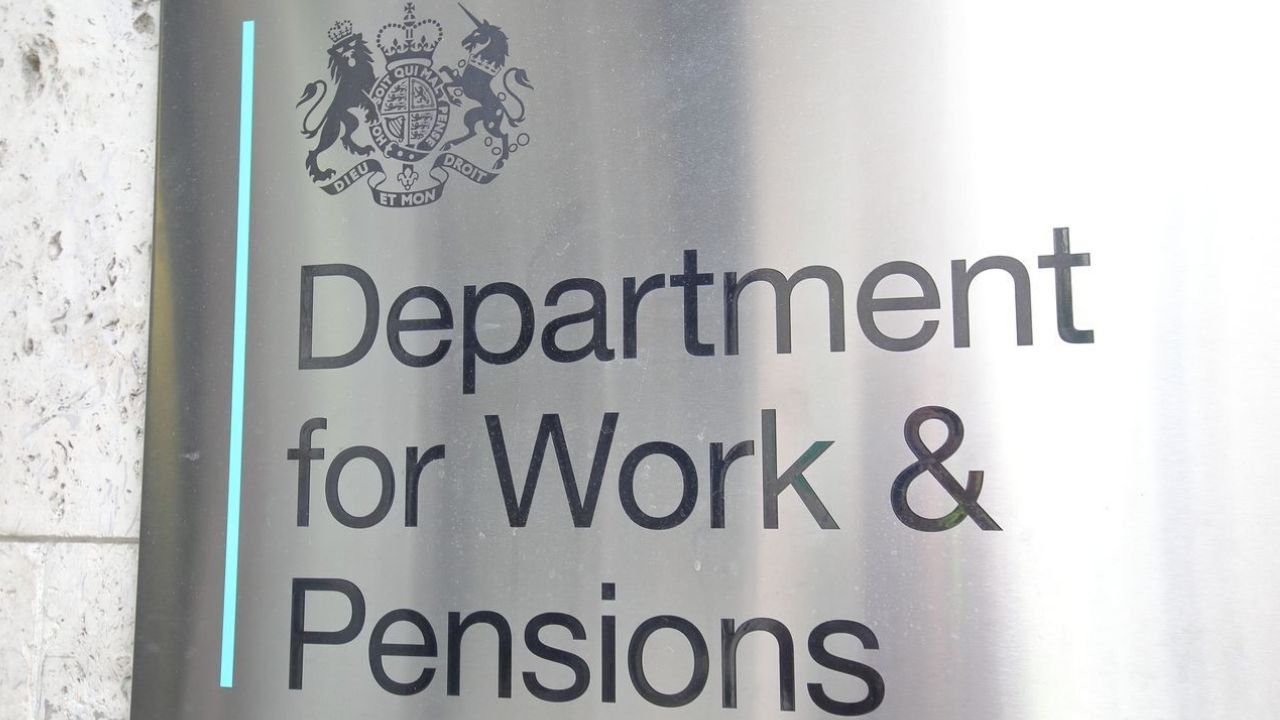The Department for Work and Pensions (DWP) has confirmed that the income-related Employment and Support Allowance (ESA) will be fully phased out by March 2026. This change marks one of the most significant welfare reforms in recent years, as all existing ESA claimants will be moved onto the Universal Credit system. For thousands of people living with disabilities or long-term health conditions, the shift brings both challenges and reassurances, with protections in place to avoid sudden loss of support.
Why ESA Is Being Replaced
The government’s main goal in ending ESA is to simplify the welfare system and remove overlapping benefits. By merging ESA into Universal Credit, ministers believe payments will be easier to manage and distribute. Instead of running separate schemes, claimants with health needs will now receive the Health Element of Universal Credit, designed to mirror key components of ESA while streamlining the process.
Timeline for Transition
The movement of claimants is set to happen in stages, beginning in 2024 and continuing through 2025. By March 2026, every person who currently relies on ESA will have been transferred to the Universal Credit Health Element. From April 2026, safeguards will ensure that ESA payment levels remain in line with Universal Credit until the migration is fully completed. This phased timeline is intended to minimise disruption and give claimants time to adjust.
How Payments Will Change

Under the new structure, several ESA components will be absorbed into Universal Credit. The Support Component will be replaced by the Limited Capability for Work and Work-Related Activity element, while disability premiums such as the Severe Disability Premium and Enhanced Disability Premium will be included within UC payments. The government has pledged that existing claimants will not see an immediate drop in income during the migration, as transitional protection will hold their payments steady until the system is settled.
What This Means for New Claimants
From 2026 onwards, new applicants will no longer be able to claim ESA. Anyone applying for financial support because of illness or disability will need to do so through Universal Credit. However, the Health Element for new UC claimants will be lower than the support previously offered under ESA. Instead of receiving around £205 per month, new applicants will only get £50 per month, a rate that is set to remain frozen until 2029. Eligibility for this support will still be assessed through Work Capability Assessments.
Wider Welfare Reforms
The decision to scrap ESA is part of a broader reshaping of welfare in the UK. Alongside these changes, Universal Credit payments are expected to rise annually through 2029, with an increase of 2.3 percent scheduled for April 2026. Personal Independence Payment (PIP) is also set to rise in line with inflation, which could push some awards close to £800 per month. Meanwhile, the state pension continues to grow under the triple lock system, with a 4.1 percent increase already confirmed in 2024.
What Claimants Should Remember
For those currently receiving ESA, the most important point is that they will be automatically moved to Universal Credit and do not need to reapply. Payments will be protected so that no one loses out immediately during the transition. However, people making new claims after 2026 will face lower levels of support under the UC Health Element compared with ESA.
A Major Welfare Shift
By bringing ESA under the umbrella of Universal Credit, the government hopes to create a more unified system. Yet for many claimants, particularly future applicants, the reduction in available financial help raises concerns. The next two years will be crucial for both the DWP and claimants, as the transition unfolds and the long-term impacts of this reform become clearer.

